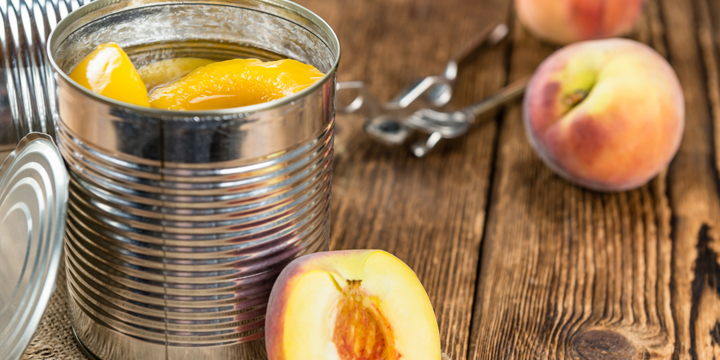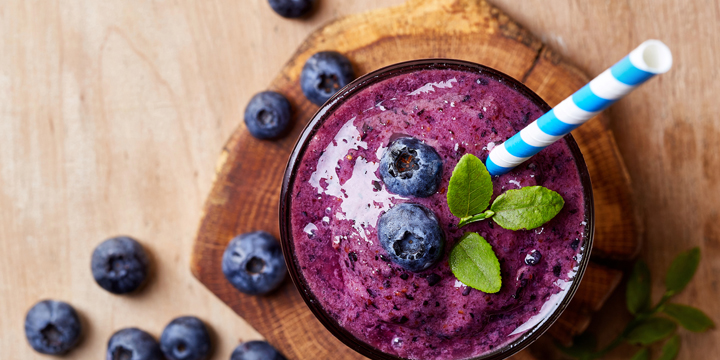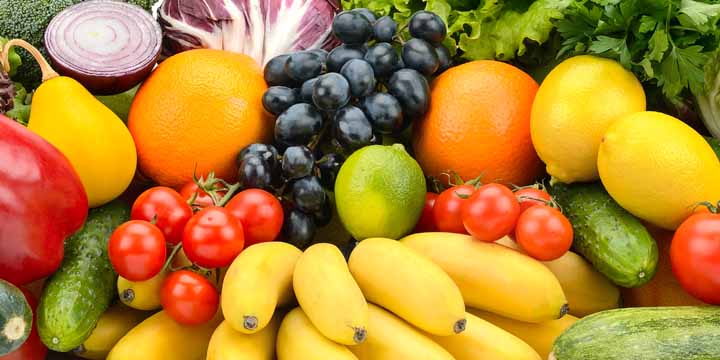
It’s ideal to eat fresh fruit when it’s in season, but it’s not always available and can be expensive when it is. Opting for canned and frozen fruit for diabetes, can make sense year-round. These fruits have a long shelf live, are often cost-efficient, and can add important nutrients to your diabetes diet. Here’s why you should consider canned and frozen fruit for diabetes on your next grocery run, and tips on choosing the best variety.
Can I really eat canned or frozen fruit for diabetes?
Canned and frozen fruit get a bad rap, but these fruits can be more nutritious than fresh ones picked prematurely that sit on store shelves for a while. That’s because canned and frozen fruit are usually picked and packed at peak ripeness, making them chock full of minerals, vitamins and antioxidants. In fact, several studies have shown that frozen produce may have more nutrients than fresh.
Just be sure to check labels to avoid fruits with sugar and other additives. Remember that some fruits have a higher glycemic index which can spike blood sugars, whether they are fresh, frozen or canned. These high glycemic fruits should be eaten in moderation or avoided altogether.
Which canned fruits are best?
Choose canned fruits that are packed in water, 100% juice or in their own juices to minimize sugar. You can also reduce sugars by draining off excess juice before consuming. Avoid cans with dents, bulges, cracks or leaks, which can allow air to enter and bacteria to form. Canned foods that aren’t processed properly can also contain harmful bacteria, but the risk of contamination is very low. Once open, store unused canned fruit in glass or plastic containers in the refrigerator and consume within a few days.
In addition to canned peaches, pears and pineapple, consider trying canned lychees, guava and other summer fruits which can be much more affordable than their fresh equivalents.

Which frozen fruits are best?
Frozen fruit can be especially convenient because you can take out as many pieces as you need and save the rest for later without risk of spoilage. Opt for frozen strawberries, raspberries, blueberries and tart cherries which are all high in antioxidants and other nutrients. Frozen avocado is another good choice for a healthy fat that’s high in nutrients. Be sure to read labels and avoid frozen fruits with added sugar.
Frozen fruits can last up to 18 months but aim to eat them within six to nine months for optimum taste and nutritional value. After thawing, it’s best to use frozen fruit stored in the refrigerator within a few days.

Tips for using frozen and canned fruit for diabetes in meal planning
Here are some ways to add more frozen and canned fruit into your meal planning:
- Add canned fruit on top of oatmeal, yogurt or whole-grain cereal
- Use frozen bananas or berries to make healthy muffins and pancakes
- Add a little canned pineapple to your salsa on taco night
- Add frozen fruit to savory dishes, like this cranberry balsamic chicken
- Puree canned or frozen fruit to add to sauces or dressings
- Serve canned peaches or pears on Greek yogurt for dessert
- Use frozen berries in your smoothies

Don’t let a limited budget or lack of fresh produce prevent you from eating healthy fruit throughout the year. Canned or frozen fruits are convenient kitchen staples that can make great additions to your diabetes diet year-round.




